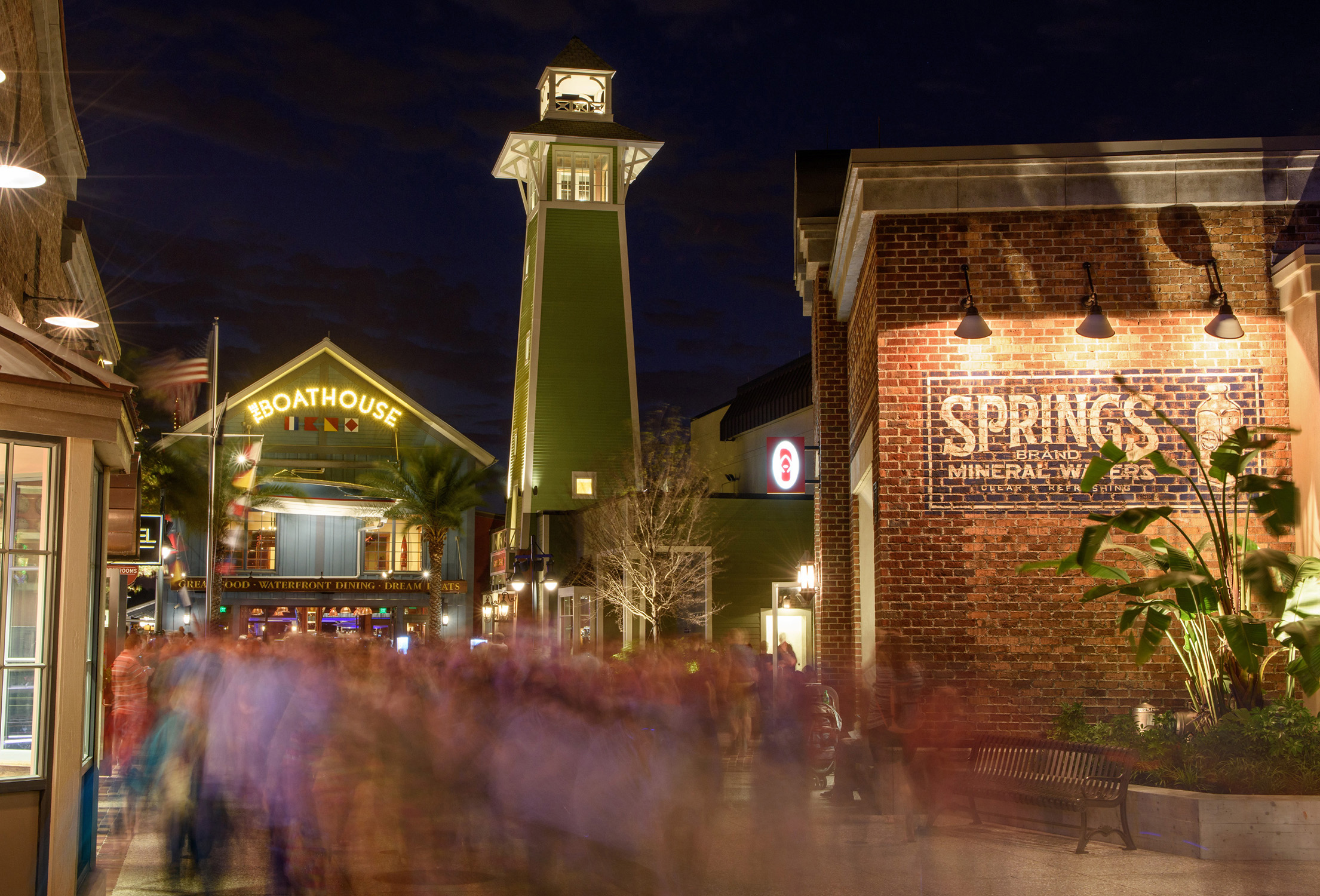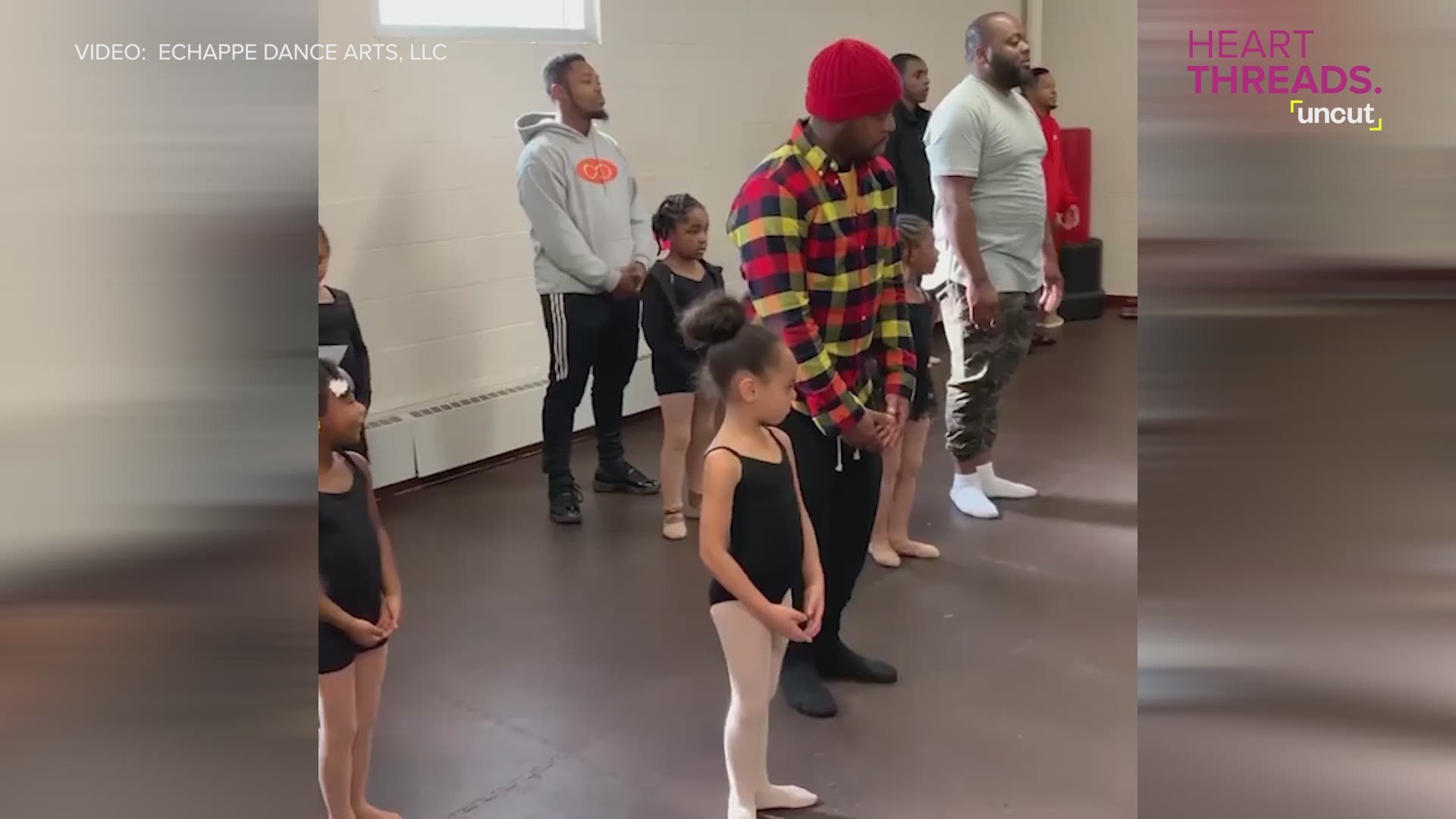![Downtown Disney gets facelift, name change [video : 85243824]](http://videos.usatoday.net/Brightcove2/29906170001/2016/06/29906170001_4922970647001_4922766758001-vs.jpg?pubId=29906170001)
Walt Disney World's shopping, dining, and entertainment complex, which had been known as Downtown Disney for a couple of decades, is undergoing an expansion and transformation. Now dubbed Disney Springs, visitors will have even more opportunities to browse and nosh as new locations open this summer and throughout the rest of the year.
Disney is putting the finishing touches on a new area, Town Center, located on a former surface parking lot (which has been replaced by new parking structures). Chic shops such as Oakley, a sports apparel store, Trophy Room, founded by Michael Jordan's son, Marcus, and kate spade new york (which is so chic, it shuns upper case letters) are on the way. Also in the works are eateries such as Tablas Frontera, which will serve fine-dining Mexican fare.
The rebranding is the latest in a series of makeovers for the complex. It began in the mid-1970s as Lake Buena Vista Shopping Village and later became known as Disney Village Marketplace. In the late 1980s, Disney added Pleasure Island. At night, visitors initially paid a cover charge to enter the nightclub-filled playground. In the mid-1990s, The Mouse gave the whole shebang the generic-sounding name, Downtown Disney. A couple of years later it expanded with the introduction of Downtown Disney West Side and welcomed flashy new tenants such as House of Blues and Planet Hollywood.
Inspired by real Florida coastal towns like Coral Gables and St. Augustine, the new Town Center gives Disney’s fabled Imagineers the opportunity to develop an elaborate backstory and weave together the mishmash of areas at the sprawling complex into a more cohesive whole. Dave Hoffman, a creative director at Walt Disney Imagineering, conducted a pre-opening construction tour of the area. The Mouse-made "natural" springs, he explained, are the heart of the town. "Each neighborhood reflects its function and its [fictitious] time period when it was developed," Hoffman noted.
![Disney Springs: What's new at the former Downtown Disney [gallery : 85208424]](http://www.gannett-cdn.com/-mm-/9a79e9125d09b631c239f920a4279fc82c92025e/c=355-0-2110-1500/local/-/media/2016/05/31/USATODAY/USATODAY/636003109882983825-DisneySprings1.jpg)
According to the narrative, a cattle rancher discovered the water source in the mid-1800s and settled there. The springs, which Hoffman's team has carefully crafted, include cypress trees and palmettos lining its banks. Lights flickering in the trees at night represent fireflies. Also in the evening hours, floating lanterns glow, and colorful boils of water illuminate the springs.
The Town Center that grew around the springs features architecture reminiscent of the 1920s. There are stucco facades, terra cotta tile roofs, coral stone, lovely fountains, and other Mediterranean touches typical of the era. Remnants of the old town remain. Ancient machinery sits unused next to a weathered sign, which indicates that the apparatus was used for a spring water ice works operation. The original settler's cabin now serves as the site of D-Luxe Burger, Disney's take on the gourmet burger craze.
A few years ago, Disney shut down the Pleasure Island nightclubs and bulldozed them. The re-imagined area is now known as The Landing. Located next to the Town Center, Hoffman says that according to the storyline, it serves as the community's transportation hub and has more of an industrial feel.
An old billboard advertises the passenger train that used to stop in the town. There are some stray rails still embedded in the pathways. The former train station now serves as an upscale chophouse, STK (which is so upscale, it has no need for vowels). The elegant paddlewheel riverboat that used to be Fulton's Crab House (and The Empress Lilly before that) will become Paddlefish, while The Boathouse provides upscale meals to compliment the views of the amphi-cars that offer tours of Lake Buena Vista.
Opened in 2015, Jock Lindsay's Hangar Bar is named for Indiana Jones' pilot. The whimsical lounge is crammed with vintage airplane parts and other artifacts. Also opened in 2015, Morimoto Asia features pan-Asian food served in a striking dining room. I sampled some of the fare offered by the celebrity chef from Iron Chef America and especially enjoyed miso-glazed cod wrapped in lettuce and unique tacos filled with barbecued short ribs and kimchi.
The resort's original shopping area is now known simply as Marketplace. Per the story that the Imagineers have concocted about Disney Springs, it was developed in the 1930s and displays the American Craftsman style of architecture that was in vogue then. It is home to an expanded World of Disney Store (which already was the world's largest shop selling Mickey Mouse and other Disney-themed tchotchkes).
According to Hoffman's story, the leaders of Disney Springs developed The West Side as a town expo in the 1950s. A pedestrian bridge connects the outlying area to the rest of the town. A circus tent (which serves as the theater for Cirque du Soleil's resident production, La Nouba) and hot air balloon remain. The expo buildings now house Splitsville bowling lanes, an AMC movie theater, and a House of Blues, among other venues.
When the expansion is complete, the complex will offer about twice as many locations for Disney World visitors to drop their vacation dollars. Will guests be aware of the intricate story thread that the Imagineers have developed about the pseudo-community? Most probably won't. But even if it is on a largely subconscious level, they will appreciate the more harmonious vibe at Disney Springs. That would make the town's early settlers proud.


